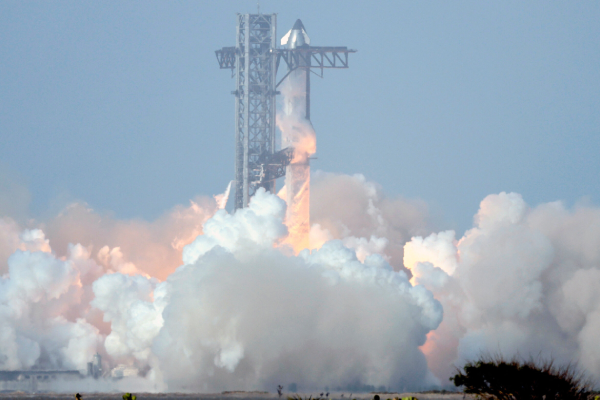SpaceX’s ninth test launch of the Starship rocket failed on Wednesday.
According to reports from U.S media, the rocket lost control and broke apart around 30 minutes into its unmanned journey.
The launch occurred at SpaceX’s test site in Boca Chica, Texas. According to reports the spacecraft leaked fuel while in orbit. This led it to spin out of control before reentering Earth’s atmosphere and disintegrating.
SpaceX confirmed the event on social media, describing it as a “rapid unscheduled disassembly,” the company’s phrase for sudden breakups in flight.
Before losing control, the 123-meter rocket reached a higher altitude than in previous tests.
This marked some progress toward SpaceX’s goal of building a reusable vehicle to transport people and cargo to the Moon and Mars.
This was the ninth integrated flight of Starship and its Super Heavy booster.
Read Also
Out of the previous eight launches, four had already ended in destruction. The last failure occurred on March 6, when the rocket exploded shortly after liftoff.
SpaceX’s strategy, described as “fail fast, learn fast,” is part of Elon Musk’s broader vision to colonise Mars. However, repeated failures have raised safety concerns. Debris has been reported across southern US states and parts of the Caribbean.
On the day of the launch, the US Federal Aviation Administration (FAA) confirmed it had diverted commercial flights and paused departures at four major Florida airports, including Miami, due to falling debris.
The FAA had doubled the airspace closure zone to 1,600 nautical miles. It coordinated with aviation bodies in Mexico, Cuba, the UK, the Bahamas, and Turks and Caicos.
Despite safety objections from conservation groups, the FAA increased SpaceX’s annual launch limit from 5 to 25.
SpaceX is also partnered with NASA on its Artemis mission. If successful, Starship could become the most powerful rocket in history.





